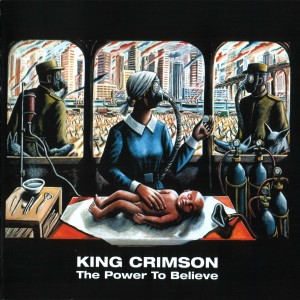
..:: audio-music dot info ::.. |
| A l b u m D e t a i l s |
 |
Label: | Sanctuary Records |
| Released: | 2003.02.24 | |
| Time: |
51:11 |
|
| Category: | Progressive Rock | |
| Producer(s): | King Crimson, The Machine | |
| Rating: | ||
| Media type: | CD |
|
| Web address: | www.king-crimson.com | |
| Appears with: | Robert Fripp, Tony Levin | |
| Purchase date: | 2015 | |
| Price in €: | 1,00 | |
| S o n g s , T r a c k s |
| A r t i s t s , P e r s o n n e l |
| C o m m e n t s , N o t e s |
"The only reward the musician receives is music: The privilege of standing in the presence of music when it leans over and takes unto its confidence. As it is for the audience. In this moment everything else is irrelevant and without power. For those in music, this is the moment when life becomes unreal."
Robert Fripp, 1992
| L y r i c s |
| M P 3 S a m p l e s |